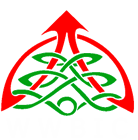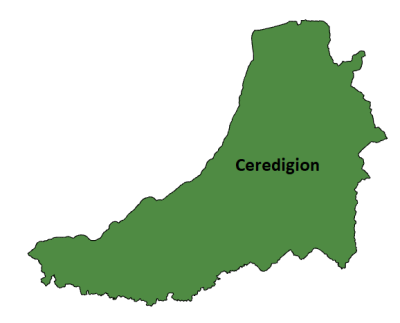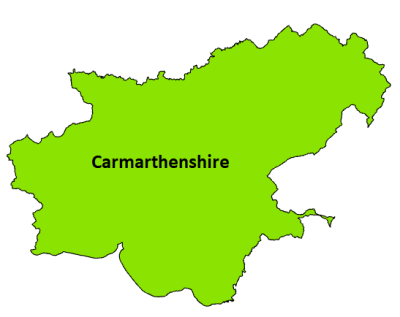Add a new dimension to your local walks and help biodiversity recording. You could help us find breeding evidence of this fast declining West Wales butterfly on your local walks!
The Brown Hairstreak butterfly is seldom seen, but its eggs are laid on young blackthorn and easily visible if present in autumn and winter. Its range across the WWBIC area seems to have declined alarmingly, from evidence by regular surveys of medium/larger sites over 20 years by Butterfly Conservation volunteers.
You could play a part on your local walks. If you look at our map of the WWBIC area, you can see and click on localities consisting of 2kms by 2kms squares (tetrads) where the species was present within last 20 years but has not been found in last 5 years. Being at 1:25,000 scale, each tetrad map will show roads and public rights of way from which you would hope to find at least some, young blackthorn shoots in either un-flailed hedges or scrubby corners. The maps also show contours – land situated below 100m is most likely to host the eggs. Being white and spherical, even if only the size of a large pinhead, should make them easy to spot – see photos below. A hand lens may help to confirm.
What to do
Download the tetrad map and have a go. It would be helpful if you would let your county butterfly recorder know by e-mail that you hope to search that tetrad. It also means if you are not sure, they may be able to confirm eggs you find or show you others for comparison.
Click on the county for the target tetrad maps.
A tetrad is the name given to a 2km x 2km grid square which has its full reference as the 10-km square code followed by the tetrad letter (e.g. SN14Y).
This project is running in association with Butterfly Conservation South Wales branch.







